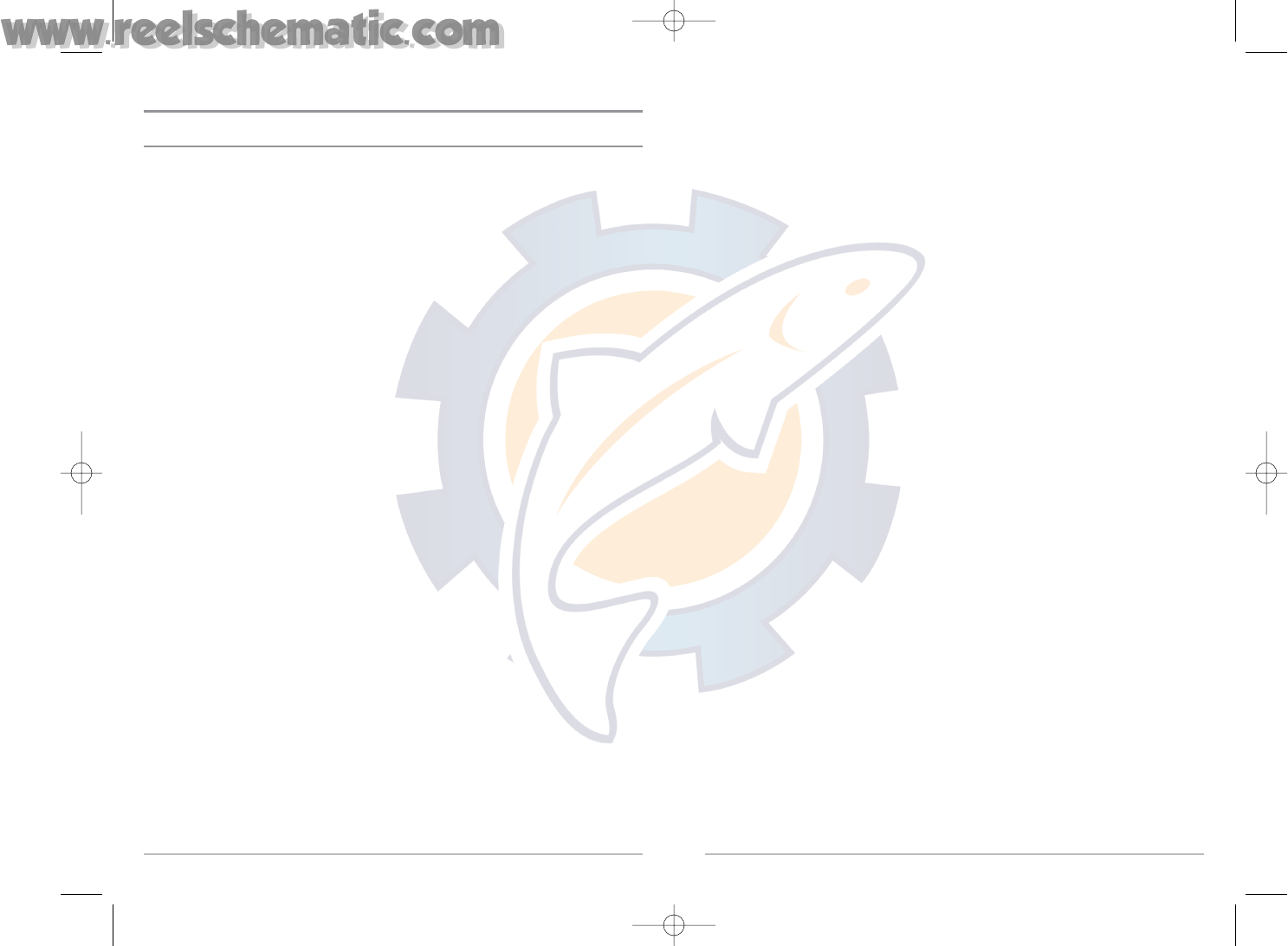
98
97
Glossary
Sonar Terms:
Alarm, Depth: Depth Alarm is a user-controllable, audible alert that sounds when depth is less
than or equal to the setting.
Alarm, Temperature: Temperature Alarm is a user-controllable, audible alert that sounds when
the water surface temperature equals the setting.
Backlight: Backlight is a user-controllable illumination for the LCD for night and low light use.
Beam (Sonar Beam): A sonar beam is the wide, cone-shaped projection of sound waves formed as
sound travels underwater. See Cone Angle.
Big Digits View: Big Digits View is a Humminbird® feature that displays the sonar graph and
enlarged digital readouts for easy reading from a distance. This is a great tool when monitoring
the digital depth is important - such as with higher boat speeds, or when viewing the unit from a
distance. When speed input is available, the Big Digits View also shows the TripLog. See TripLog.
Bottom Black: Bottom Black is a Humminbird® feature that "fills in" the area of the display below
the bottom contour. Bottom Black is preferred by some anglers because of its high contrast and
easy readability, even though it can obscure bottom hardness information.
Bottom Contour: Bottom Contour is the profile of the bottom graphed to the display as the
depth changes.
Bottom Hardness: Bottom Hardness is the density (or composition) of the bottom, which can
often be determined by interpreting the main sonar return. Varying levels of hardness can be
determined by interpreting the "thickness" of the sonar return. Hard returns appear thin and
black, softer returns appear thicker and less black. It is important to note that a sonar return from
a sloping bottom can have the appearance of a softer bottom.
Cavitation: Cavitation is the effect of air bubbles created as the propeller rotates and the boat
moves through the water.
Chart Speed: Chart Speed is a user-controllable feature that sets the speed at which sonar
information moves across the display. A faster setting displays sonar information from more pings
and shows more detail, but the information moves quickly across the display: a slower setting
permits viewing of more sonar history, but does not display as much detail. The best setting is
often the user's personal choice.
Cone Angle: The cone angle is the angular measurement of the sonar beam at a specific dB down
point (i.e. -10 dB). See dB Down Point.
Customizable Digital Readouts: Customizable Digital Readouts is a Humminbird® feature that
permits the user to select the specific digital information that appears in the main Sonar view (i.e.
Speed, Temperature, Barometric Pressure, TripLog, etc.)
Dead Zone: The dead zone is the area of the sonar beam that receives the sonar signal after the
main bottom return. Fish and other objects close to the bottom that fall within the dead zone will
probably not be visible in the sonar beam. Precision sonar beams, such as the Humminbird® 20°
beam, have a smaller dead zone than wider sonar beams.
Decibel: A Decibel is the measurement for sound pressure level, or "intensity" of the sonar return.
See dB Down Point.
dB Down Point: The dB Down Point is the standard decibel level at which the sonar cone angle is
measured, and is written as "@ -10 dB" or "@ -3 dB". Measurements at smaller down points (bigger
negative numbers) indicate that the less intensive sonar signals are being used for the
measurement.
Display, FSTN: FSTN is an acronym for Film Super-Twist Nematic. FSTN is a monochrome display
technology characterized by black, high-contrast pixels. All monochrome fixed mount
Humminbird® products use FSTN technology.
DualBeam PLUS™: DualBeam PLUS™ is a Humminbird® sonar configuration that uses two sonar
beams simultaneously, and combines the information from both beams into one view by
overlapping the data on-screen, or shows each beam individually side by side, or permits each
beam to be viewed individually full screen.
Feature Memory: Feature Memory is a Humminbird® feature that retains the user's menu
settings in permanent memory. Settings are retained even when the unit is powered off
indefinitely.
Fish Arch: A Fish Arch is the apparent "arch" that appears on the display when any object moves
through the sonar cone. The arch results from a gradual decrease in distance to an object as it
moves into the sonar cone. The distance to an object changes due to the conical shape of the sonar
beam, which causes the distance to be greater at the edges of the beam than at the center of the
beam. When this distance change is graphed on the display, an arch appears.
Fish ID+™: Fish ID+™ is a Humminbird® feature that uses advanced sonar processing algorithms
to determine if a detected object is likely to be a fish. When the sonar signal from an object meets
strict parameters, the unit draws a Fish Symbol (or icon) and the digital depth of the target. On
DualBeam and DualBeam PLUS™ units, fish detected in the narrow center beam are shown as
shaded symbols, and fish detected in the wider beam are shown as hollow symbols.
Fish Symbol: A Fish Symbol is the graphic that is displayed on the screen when Fish ID+
determines that a sonar return is likely to be a fish. See Fish ID+.
531427-1_C - 767_Man_Eng.qxd 10/25/2005 10:30 AM Page 106


















